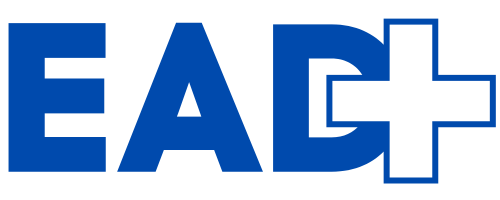When we compare secondary education in Brazil with that provided in all developed countries, we come across differences that partly explain our educational shortcomings.
In all of them, high school has common characteristics: a longer workload, here we call it full-time education, but there this concept does not apply because there is no such thing as short-term education; the duration is at least one year longer and most students take a technical option, which here we call vocational education; teachers, in addition to being valued, are prepared for the job and earn adequate salaries; the number of students per classroom is, on average, 20 to 25, among us it is over 35, if not 40.
I recognize progress with recent reforms, however, the deep educational reform that Brazil needs is yet to be done. See how it is defined in the LDB (Law of Guidelines and Bases of National Education):
“Art. 25. It will be a permanent objective of the responsible authorities to achieve an adequate relationship between the number of students and teachers, the workload and the material conditions of the establishment.
Sole paragraph.It is up to the respective education system, in view of the available conditions and regional and local characteristics, to establish parameters for compliance with the provisions of this article.”
In other words: do as you can or as you want.
In more developed countries, such as Austria and Finland, according to the European Centre for the Development of Vocational Training, 70% of high school students are enrolled in vocational education and in others, such as Portugal, France and Denmark, the number of students enrolled in some vocational education reached 50%; in Brazil, in 2017, according to the Basic Education School Census, only 11% of students were enrolled in some technical education.
According to the 2022 census, in updated publication 05/17/2024, “In 2022, there were 163 million people aged 15 or over in the country, of which 151.5 million could read and write a simple note and 11.4 million could not. In other words, the literacy rate was 93.0% in 2022 and the illiteracy rate was 7.0% of this population contingent”.
Among these, we have regional, age and color differences, illiteracy affects the elderly, is more present in the North and Northeast, and more among black people, in reality illiteracy affects the poorest.
However, if illiteracy is already an unacceptable scourge in the 21st century, here in Brazil, several Institutes estimate that almost 30% of the population is functionally illiterate.
We can define functional illiterate as a person who knows numbers, knows letters, knows how to write a sentence, but cannot write or understand a simple text.
Other problems we face in our secondary education are: school dropout, which is due to the need for many young people to work to help support their families; lack of interest, since, in general, pedagogical projects do not keep up with the modernity of current communication methods; most schools do not even have the old dial-up Internet, which no longer exists; and physical conditions, classrooms overcrowded with students, poorly built schools, without maintenance, without attractions or spaces for leisure and sports, and tired teachers, due to exhausting work hours, poor pay and lack of incentives for their pedagogical training.
Brazil is a rich country, one of the largest economies in the world, and has resources for education. We lack policy. Although everyone who governs, or has governed, says that education is a priority, this priority generally falls by the wayside.
We will need to create a political and cultural movement to draw the attention of authorities, particularly the Federal Government, Congress and governors, to, together with civil society, make a major reform in secondary education viable.
Brazil, its companies and its people lose a lot due to the shortcomings of our secondary education system. A quality secondary education is a passport to the future. It is a win-win situation for young people who can finish high school with a degree in hand, a defined profession, and knowledge of a foreign language, which will enable them to get a better job. It is a win-win situation for private companies, which will no longer have to spend fortunes to train and educate their technicians. Above all, it is a win-win situation for our country. With a well-educated population, we will have better conditions for economic and social development.
The basis of this reform is the search for high-quality public secondary education, free for all, and also for this public education to be superior to private education, as is the case in developed countries; that it be based on a modern pedagogical project, articulated with artificial intelligence and new technologies existing in the world; that teachers be respected and valued, both in their salaries and in their role of educating new citizens; that students have incentives to complete vocational secondary education, with adequate schools, spaces in the school for extracurricular activities, fewer students per classroom and full-time education.
Meet Dr. Candido Vaccarezza

Cândido Vaccarezza is a Brazilian politician and doctor with a significant career on the national political scene.
A former federal deputy, Vaccarezza served as government leader in the Chamber of Deputies and was a member of important parliamentary committees.
Known for his experience in public management and advocacy of social policies, he is currently an influential political commentator, bringing his expertise and critical vision to the columns in which he writes.










